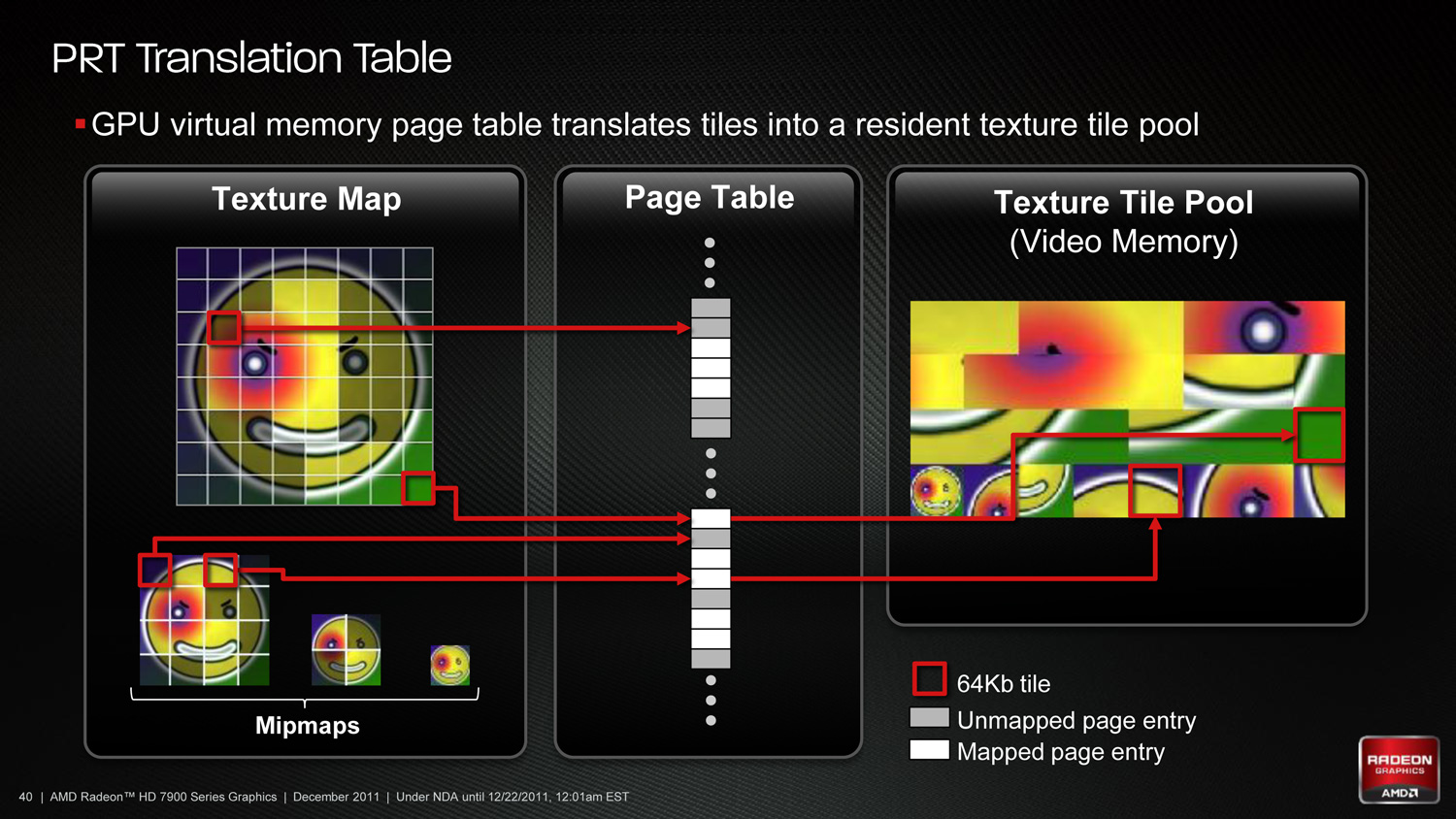SenjutsuSage
Banned
1st, your understanding of Compression ratio is wrong, lets say BC pack has 50% Compression efficiency that means the ratio is 1.5 to 1. So after decompressing bcpack format texture of 2.6 ×1.5 = 3.9, not 5.6gb.
2nd, when SFS request data from SSD, the data in SSD is Always compressed (Raw data). So you cannot use the 4.8gb/s speed. That's after applying the Compression ratio of Zlib+bcpack, it is not only for BCpack.
Yea, realized I was wrong on that detail.
Hmm, I might finally see what you're saying now. I was mostly stuck on why you guys insisted on only using the 5.6GB figure rather than the 2.8GB figure. I wasn't viewing the divide by two at the end as extra compression. I literally just now caught it and realize where I personally got confused. Despite me pointing out these figures to highlight why I think Sampler Feedback Streaming is such a big deal, I quite literally got distracted on this 5.6GB vs 2.8GB stuff that I lost track of the point I was trying to make in the first place: Sampler Feedback Streaming is making possible a scenario in which the effective equivalent of 14GB of textures are loaded into main memory in just 1.16 seconds, but only needing to fill main memory with 5.6GB of data in order to get the job done, a massive memory savings.
That's what I meant to get at the entire time, Sampler Feedback Streaming's memory efficiency. I got lost on the 2.8GB vs 5.6GB stuff. I acknowledge, though, that I was indeed wrong with my calculations. Turns out I really was double compressing, and in doing so totally forgetting my main point about SFS.
I used the huge 14GB (exceeding Series X usable game memory) as example to make a larger point about SFS, but lost that point in my mistake in believing the 5.6GB of texture data was moved into main memory in just 0.58 seconds, but I was wrong the whole time. It really is 1.16, just like you guys said. The point I was getting at, but lost track of was now if a title requested 5.6GB worth of textures (not 14GB this time) SFS's 2.5x efficiency would turn that into 2.24GB of data, which Series X would load into main memory in just 0.46 seconds. I began thinking of the 5.6GB as an actual 5.6GB, but now as part of a larger effective figure, which was the whole point for me at least.
Thank you guys for being patient with my ass lol. It wasn't easy I'm sure.






